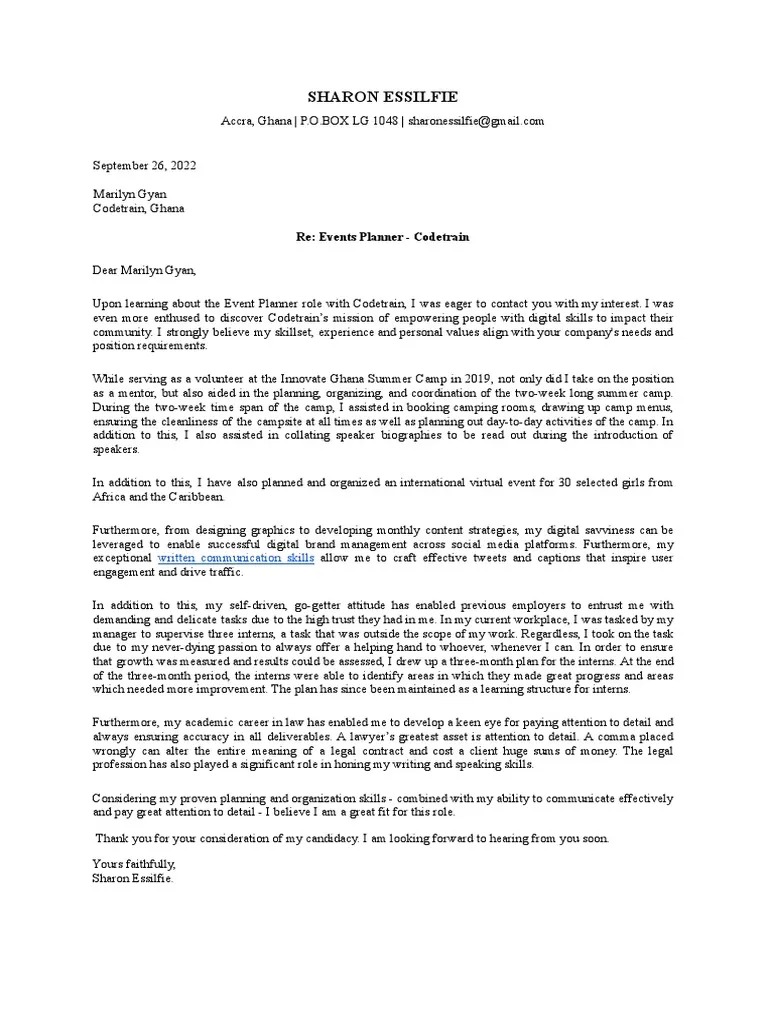Event Planning Cover Letter Guide
A well-crafted event planning cover letter is your first chance to impress a potential employer and secure an interview. It’s not just a formality; it’s a powerful tool to showcase your skills, experience, and passion for event planning. This guide will walk you through how to create a compelling cover letter that highlights your unique qualifications and increases your chances of landing your dream job in the exciting world of event management. By following these tips, you’ll be well on your way to crafting a cover letter that stands out from the competition and gets you noticed by hiring managers. The goal is to make a memorable first impression.
Understanding the Purpose of a Cover Letter
The primary purpose of an event planning cover letter is to introduce yourself to the hiring manager and express your interest in the specific position. It goes beyond simply restating your resume; it provides context and personality. Use it to explain why you’re the perfect fit for the role and the company. A good cover letter demonstrates your understanding of the company’s needs and how your skills align with those needs. It’s your opportunity to show enthusiasm and make a case for why they should read your resume and, ultimately, offer you an interview. It’s a chance to tell a story about yourself, showing why you are the best fit.
Highlighting Your Event Planning Skills
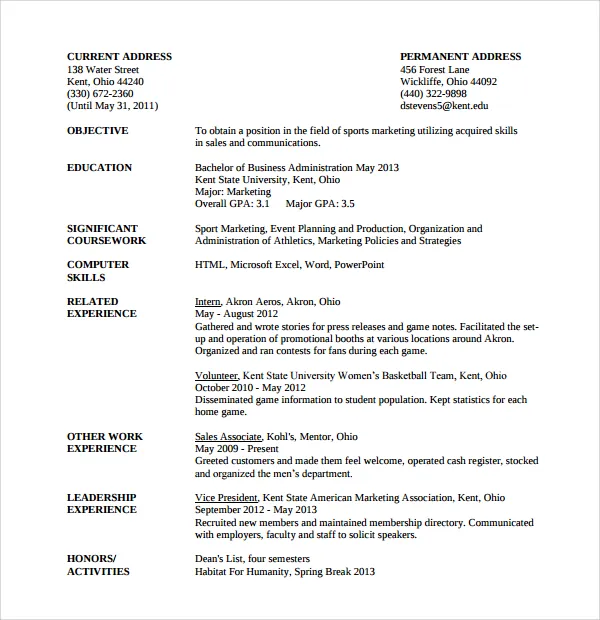
Your cover letter should be a showcase of your event planning skills. Focus on the abilities most relevant to the job description. Instead of just listing skills, provide specific examples of how you’ve used those skills to achieve positive outcomes. Quantify your achievements whenever possible; for example, mention how you managed a budget, increased attendance, or improved customer satisfaction. Use action verbs to describe your contributions and demonstrate your value. This section is crucial to set you apart from the other applicants, showing what you are capable of, with real-world examples.
Key Skills to Showcase
When highlighting your skills, consider including these: project management, budgeting, vendor negotiation, contract management, logistics coordination, communication (written and verbal), problem-solving, creativity, attention to detail, and time management. Tailor the skills to match the job posting; emphasize the ones that the employer has mentioned as being most important. Remember to back up your claims with concrete examples from your past experiences, showing how you applied these skills in previous roles. Focus on the ones that will make you stand out and provide value to the hiring company.
Relevant Experience to Include
Describe your relevant experience in detail, using the STAR method (Situation, Task, Action, Result) to showcase your accomplishments. For each experience, start by setting the scene (situation), explain the task at hand, describe the actions you took, and then share the positive results. Show how you handled challenges, how you collaborated with teams, and how you went above and beyond. Quantify your achievements with numbers and statistics to demonstrate the impact of your work. This will help the employer understand your experience and expertise, showing them how you can contribute.
Structuring Your Event Planning Cover Letter
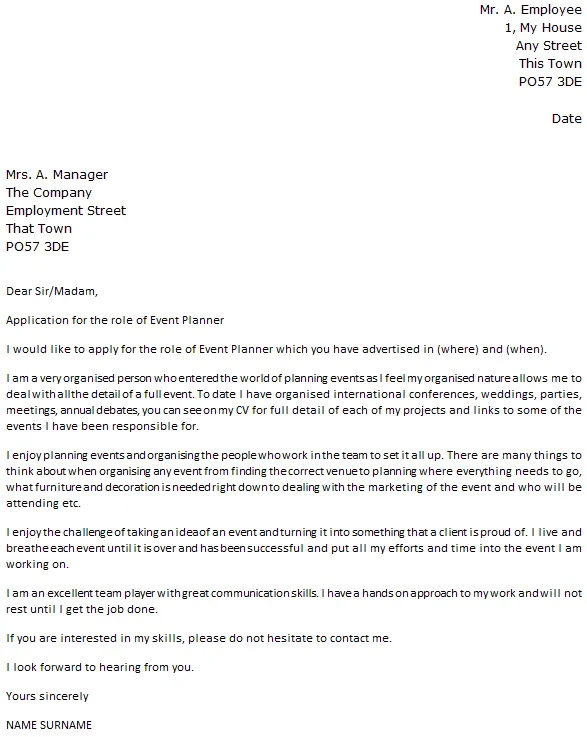
A well-structured cover letter is easy to read and understand. Follow a standard business letter format, which includes a header with your contact information, the date, and the recipient’s information. Keep your letter concise, typically no more than one page, with clear and focused paragraphs. Each section should serve a distinct purpose, leading the reader through your qualifications in a logical manner. The structure ensures that your letter is professional and highlights the most important information. A good structure is the key to conveying your information effectively.
Header and Contact Information
At the top of your cover letter, include your name, address, phone number, and email address. Make sure your contact information is up-to-date and professional. Directly below, add the date and the hiring manager’s name and title (if you know it), along with the company’s name and address. If you can’t find the hiring manager’s name, use a general greeting like ‘Dear Hiring Manager’. Ensure accuracy when including contact details; a mistake here can ruin your chances. Use a professional font and layout for this section to make a good first impression.
Opening Paragraph
Start your opening paragraph with a strong statement of interest, clearly stating the position you’re applying for and how you found the job. Briefly mention something that caught your attention about the company or the role, showing that you’ve done your research. State your strongest qualification in the first paragraph to immediately grab the reader’s attention. Make sure your tone is enthusiastic and professional, setting the tone for the rest of your letter. This opening paragraph is a vital component, ensuring that the hiring manager reads further into your letter.
Body Paragraphs
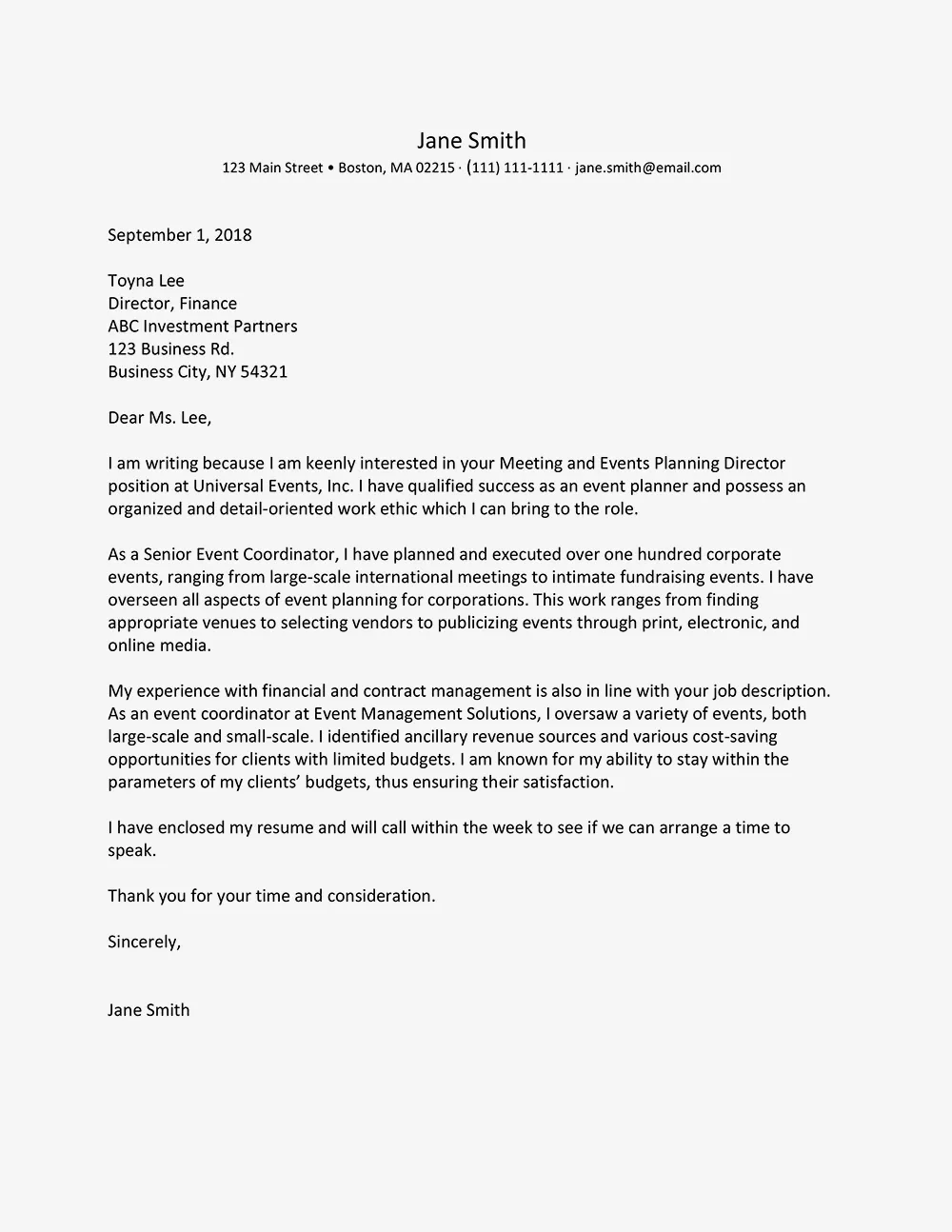
Use the body paragraphs to elaborate on your key skills and experiences. Provide specific examples that demonstrate your abilities, using the STAR method (Situation, Task, Action, Result). Show how your skills and experience align with the requirements of the job. Quantify your achievements whenever possible, using numbers and statistics to illustrate your impact. Focus on the value you can bring to the company, emphasizing your ability to solve problems and contribute to its success. Tailor your content to match the specific requirements outlined in the job description, and make sure to show what you know.
Closing Paragraph
In your closing paragraph, reiterate your interest in the position and express your enthusiasm for the opportunity. Thank the hiring manager for their time and consideration. Include a call to action, such as stating that you look forward to hearing from them soon or that you are available for an interview at their earliest convenience. Reiterate your contact information for their ease of access. Ensure your closing is professional, confident, and leaves a positive impression. Be sure to proofread this paragraph carefully to catch any last-minute errors.
Formatting Your Cover Letter for Impact
The formatting of your cover letter can significantly impact how it’s perceived. A well-formatted letter is easy to read and visually appealing, making it more likely to grab the reader’s attention. Proper formatting also shows attention to detail and professionalism. Make your cover letter look appealing and professional, as it will make the hiring manager’s job easier and leave a good impression. The formatting should showcase your skills and professionalism, contributing to your overall application.
Choosing the Right Font and Size
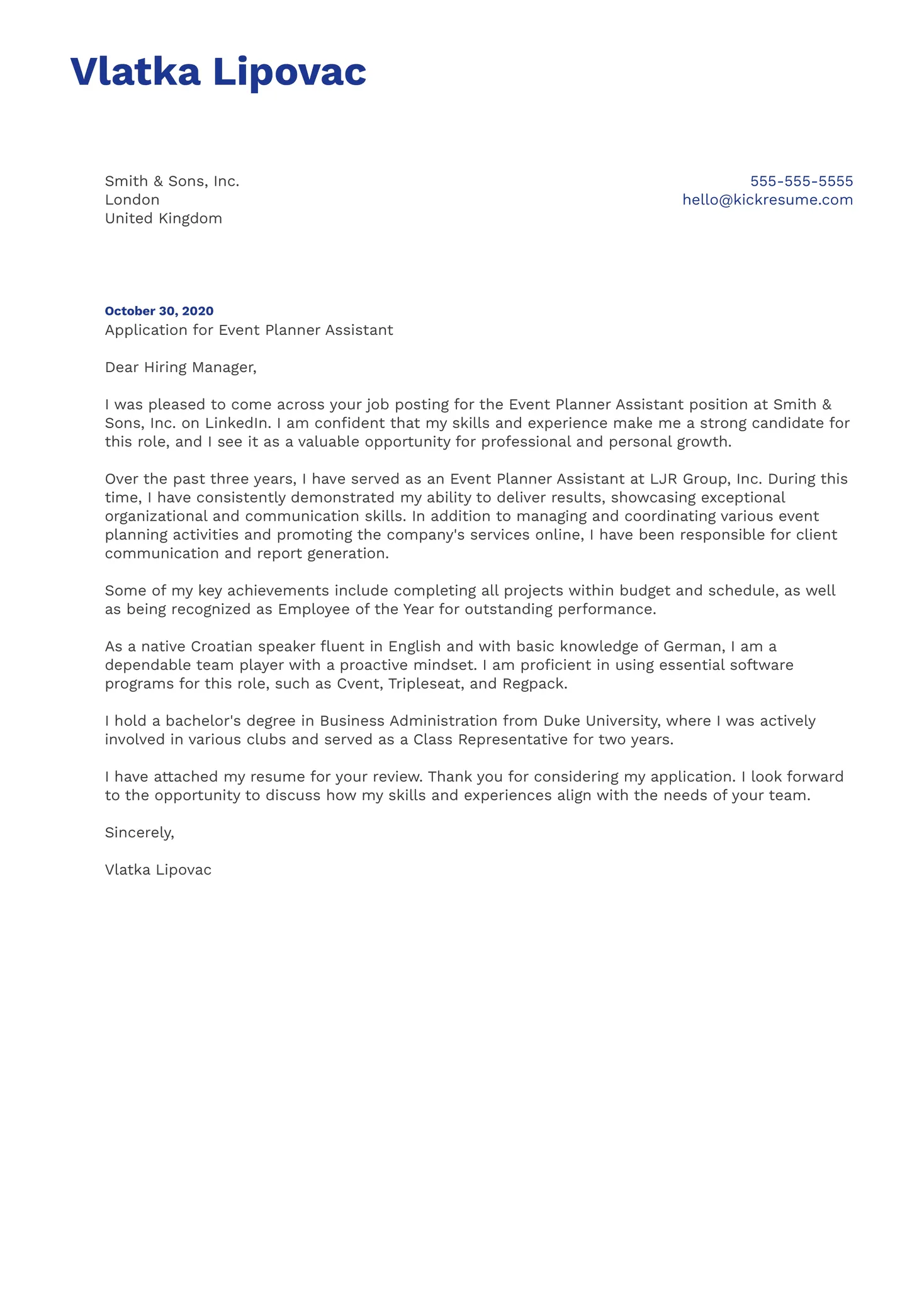
Choose a professional and easy-to-read font, such as Times New Roman, Arial, or Calibri. Keep the font size between 11 and 12 points to ensure readability. Avoid using unusual fonts or sizes that might distract the reader. A clear font ensures that the information is easily absorbed. The goal is to allow the reader to quickly scan the document. This is the foundation for formatting, and setting a clear standard for all other content is important.
Using White Space Effectively
Use white space to create a visually appealing layout. Leave adequate margins (1 inch on all sides) and double-space between paragraphs. Use bullet points or short paragraphs to break up large blocks of text, making it easier to scan. A well-spaced layout is more inviting and helps the reader quickly grasp the key information. This is crucial for making your cover letter look professional and easy to read. Ensure that the content is presented neatly and the spacing is appropriate.
Proofreading and Editing Your Cover Letter
Proofreading and editing are crucial steps in ensuring your cover letter is free of errors. Typos, grammatical errors, and formatting inconsistencies can undermine your credibility and make a negative impression. Always proofread your cover letter multiple times, paying close attention to detail. Read it aloud to catch any awkward phrasing or sentence structure issues. Have a friend or family member review it to provide a fresh perspective and identify any errors you may have missed. Proofread everything carefully before submitting to avoid negative impressions.
Common Mistakes to Avoid
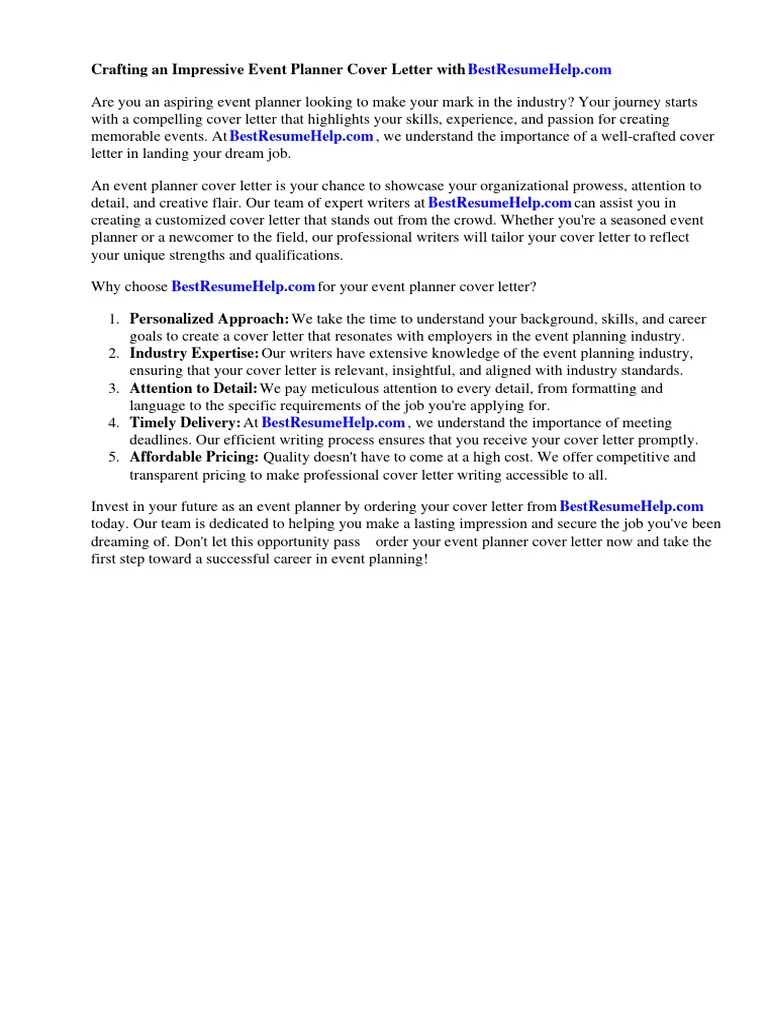
Avoid common mistakes that can weaken your cover letter. These include using generic language, failing to tailor the letter to the specific job, and including irrelevant information. Don’t simply rehash your resume; instead, provide context and examples. Avoid using clichés and focus on showcasing your unique qualifications. Proofread everything carefully to ensure there are no errors and avoid making mistakes that may cost you the job. Make sure you highlight your qualities in the most effective way, tailoring your content to the specific employer.
Examples of Strong Event Planning Cover Letters
Reviewing examples of strong event planning cover letters can provide valuable insights. These examples demonstrate how to effectively structure your letter, highlight relevant skills, and tailor your message to the specific job. Pay attention to the language used, the tone, and the formatting to get ideas. When reviewing cover letter examples, analyze how the applicant presents their skills and experience, and how they relate to the job requirements. This review can guide you in crafting your own effective cover letter.
Example 1 Cover Letter Analysis
Analyze the first example. Note the strong opening, the clear articulation of skills, the use of the STAR method to showcase achievements, and the professional tone. Pay attention to how the applicant tailored the letter to the job description. Consider how the applicant effectively communicated their skills and experiences. Note the clear use of examples and how they aligned to the job description. See how the cover letter can serve to highlight the applicant’s strengths and experiences.
Example 2 Cover Letter Analysis
Analyze the second example. Focus on how the applicant addresses the company’s needs, the use of action verbs, and the concise and impactful language. Study how the applicant creates a compelling narrative that makes them stand out. Evaluate how the applicant demonstrated their ability to deliver results and the impact of their work. Analyze the clear focus on key skills and experiences relevant to the job requirements. The structure helps the hiring manager appreciate the applicant’s skills.
Tips for Tailoring Your Cover Letter
Customizing your cover letter for each application is essential. A generic cover letter may not resonate with the hiring manager, whereas a tailored letter shows that you’ve put in the effort to understand the company and the role. Tailoring is crucial for making a good impression and showing that you are a good fit. Tailor your cover letter to show how your skills align with the specific needs of the role. This will greatly improve your chances of getting a positive response.
Researching the Company
Before writing your cover letter, research the company. Visit their website, read their mission statement, and learn about their recent projects and events. Identify their values and goals, and align your skills and experience with those. Knowing the company’s culture and business helps you demonstrate your interest and make your application more compelling. This research allows you to present yourself as a great fit, creating a favorable first impression. Showing this research will set you apart and help your chances of selection.
Customizing Your Letter for Each Application
Carefully review the job description and identify the key requirements. Highlight the skills and experiences that match those requirements. Use the same keywords and phrases used in the job description in your cover letter. Personalize your letter to the specific company and role, demonstrating your genuine interest. Showing your genuine interest and attention to detail greatly increases your chances of getting an interview. Make sure to show what you can bring to the company. Show that you are passionate about event planning.
